Opening Time
Monday to Saturday: 10.30 to 8:00
Sunday Closed
PRP FOR ALOPECIA, DOES IT WORK?
Regardless of gender or age, many people have serious concerns about hair loss. The medical disorder known as alopecia, which results in hair loss, can be brought on by several things, including genetics, autoimmune diseases, hormone imbalances, and surgical procedures. Alopecia has no known cure, although several therapies can help control the condition and encourage hair growth. A promising hair loss treatment option, particularly for cases of androgenetic alopecia, commonly known as male or female pattern baldness, is platelet-rich plasma (PRP) therapy. In-depth information about PRP therapy for alopecia, including how it functions, how effective it is, and what to anticipate during the process, is provided in this article.
What is PRP?
PRP is a regenerative medicine that uses the patient’s blood to encourage healing and regrowth. First, a small amount of the patient’s blood is taken, then processed in a centrifuge to concentrate the platelets to make PRP. Platelets are perfect for medical therapies because they include proteins and growth factors that promote cell growth and wound healing. Next, PRP is injected directly into the afflicted area to encourage tissue repair and regeneration.
What Is the PRP Hair Treatment Process?
PRP therapy for hair loss includes injecting the patient’s platelet-rich plasma into the scalp to encourage hair growth and enhance scalp health. Proteins and growth factors in PRP can speed up the hair growth cycle, boost blood flow to the scalp, and stimulate the growth of hair follicles. PRP can also assist dormant hair follicles in becoming active, promoting new hair development.
What Disorders Can PRP for Alopecia Treat?
PRP therapy can treat various hair loss conditions, including alopecia areata, stress-related hair loss, female pattern baldness, and androgenic alopecia. In addition, people undergoing chemotherapy and suffering hair loss as a side effect may also benefit from PRP therapy.
Is PRP safe to use in hair treatments?
PRP therapy is considered a safe procedure for treating hair loss. There is no risk of any allergic reaction or the spread of disease because PRP is created from the patient’s blood. However, there is a slight possibility of infection, bleeding, or an allergic reaction at the injection site, as with any medical procedure.
PRP in Hair Treatment
How is PRP Extracted from Blood?
Like a standard blood test, the PRP extraction procedure includes drawing a small amount of blood from the patient. The plasma is then separated from the red and white blood cells after the blood sample has been treated in a centrifuge machine. After that, the scalp is injected with the resulting PRP solution to promote hair growth and enhance scalp health.
What Takes Place During a PRP Hair Treatment?
The PRP hair treatment procedure usually lasts 30-45 minutes. The patient’s scalp is initially cleaned and numbed using a local anesthetic to lessen discomfort. The PRP solution is then injected with a tiny needle into the scalp. The patient’s scalp may be rubbed after the injections to help the PRP solution spread uniformly.
What are the PRP hair treatment’s side effects?
Most patients have slight pain during the treatment, and their recovery period is short. A few days usually pass before the slight redness, swelling, or discomfort some individuals may experience at the injection site disappears.
How Many PRP Hair Treatment Sessions Are Needed?
Depending on the severity of the hair loss, each patient’s response to the treatment, and other pertinent considerations, the ideal number of PRP therapy sessions for treating hair loss is decided on a case-by-case basis. Patients often need three to six PRP treatments four to six weeks apart. In addition, some patients might need follow-up sessions every three to six months after the initial treatment to retain the best outcomes.
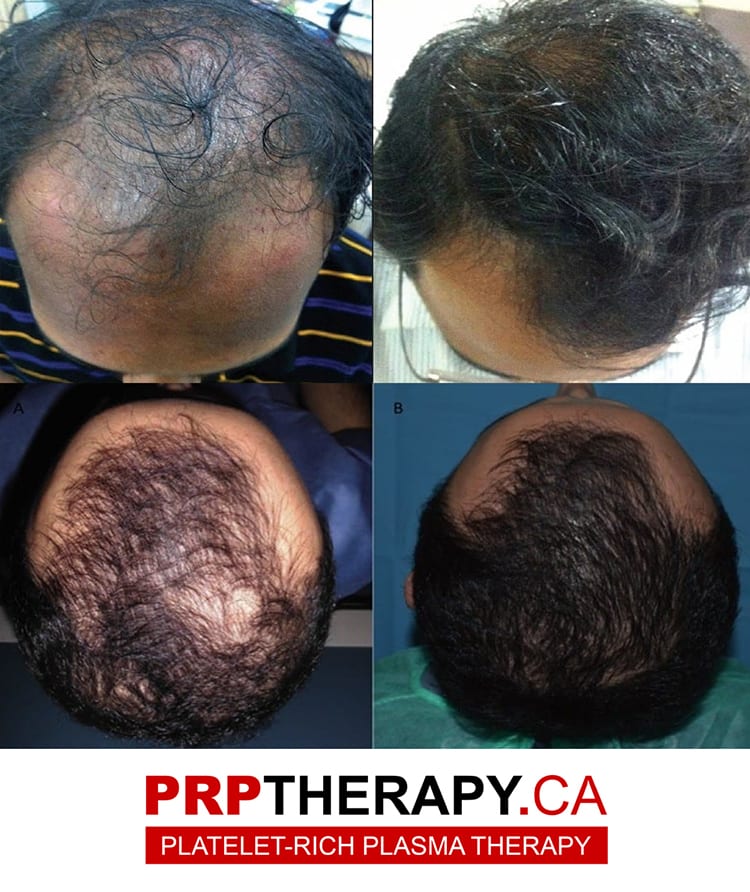
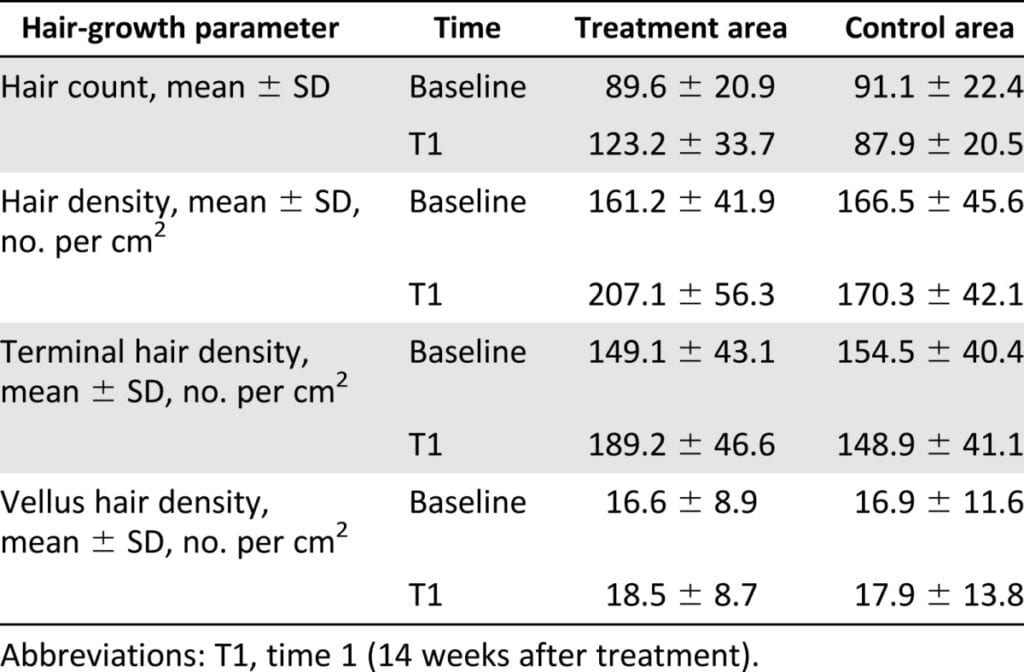
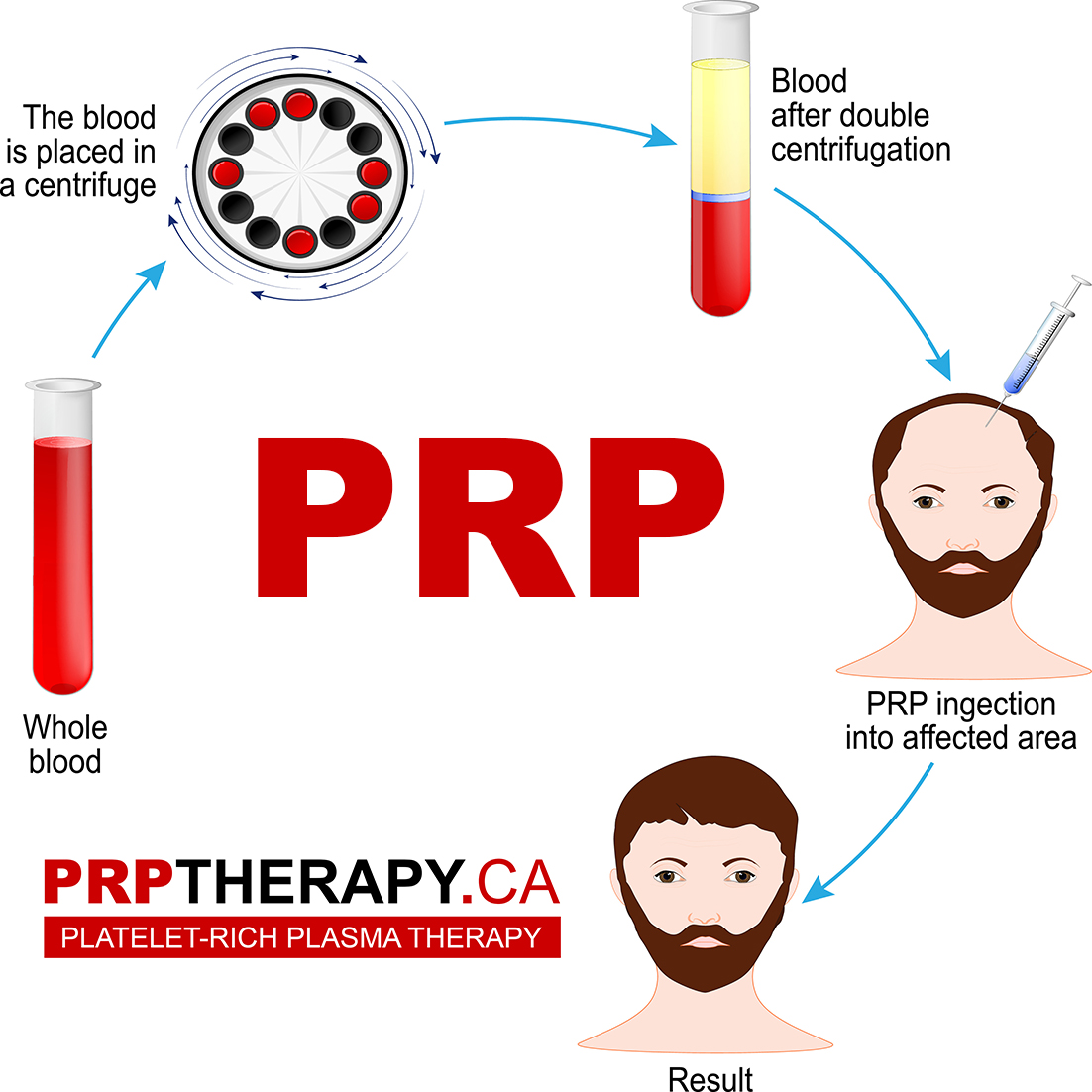
Is PRP Effective for Hair Treatment?
According to a growing body of data, PRP therapy is beneficial in treating hair loss. For example, injections of PRP significantly reduced hair loss and increased hair count, density, and volume in individuals with androgenetic alopecia, as per a recent report published in the Journal of Cosmetic Dermatology. In addition, according to the study, the treatment was well-tolerated, safe, and had no obvious adverse effects.
A report published in the Journal of Cutaneous and Aesthetic Surgery revealed that hair regrowth was stimulated in patients with androgenetic alopecia through PRP therapy.
In addition, the study found that most individuals with PRP therapy experienced increased hair density and thickness.
Although the precise mechanism underlying PRP’s efficacy in treating hair loss is still not fully understood, it is thought that the elevated concentration of growth factors and platelets in PRP stimulates hair follicles and encourages cell growth, improving hair regrowth.
What Can Be Learned About PRP Hair Treatment From Research?
Even though the study on PRP therapy for hair loss is still in its early stages, the initial findings are encouraging. Furthermore, numerous other studies, in addition to the ones already mentioned, have demonstrated the efficacy of PRP therapy in treating hair loss.
Per a report published in the Journal of Cutaneous and Aesthetic Surgery, individuals with androgenetic alopecia experienced a significant improvement in hair count and thickness following PRP therapy. Another study indicated that PRP therapy helped individuals with androgenetic alopecia regenerate hair by increasing the number of active hair follicles. It was published in the Journal of Drugs in Dermatology.
The available clinical evidence suggests that PRP therapy is an effective and safe and effective therapeutic option for hair loss, even if more study is necessary to thoroughly understand PRP therapy’s usefulness in treating hair loss.
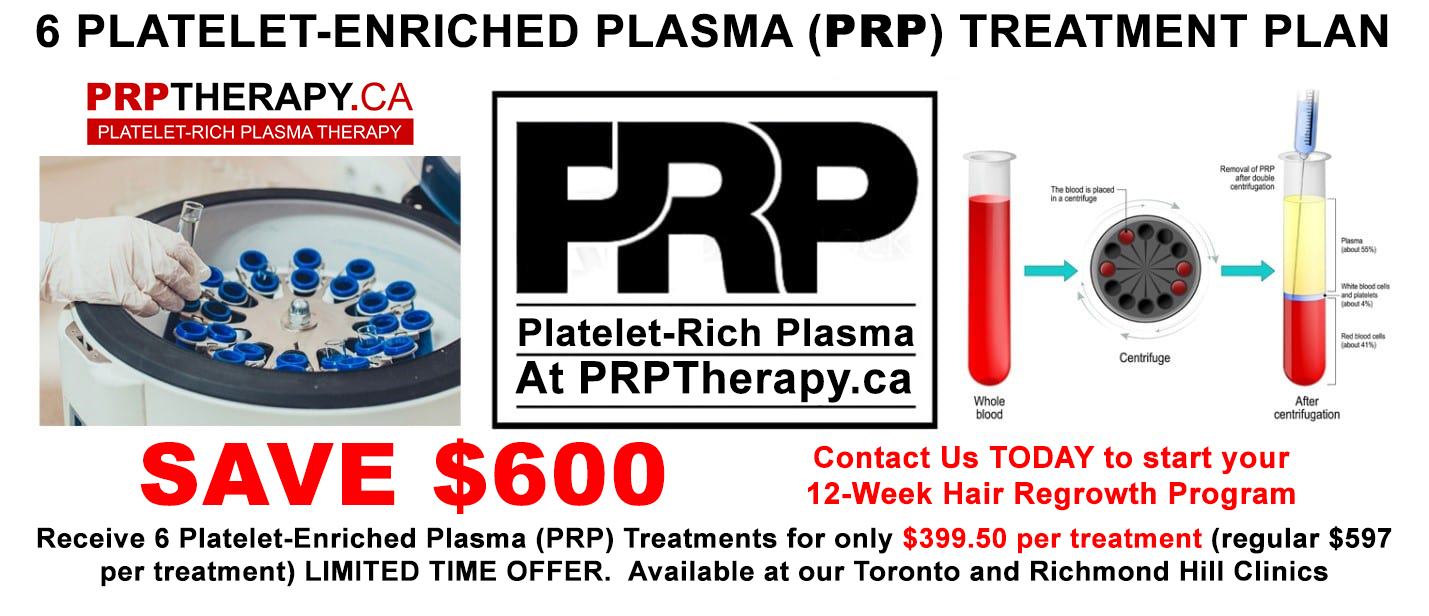
Which Individuals Make Good Candidates for PRP Hair Treatment?
Both males and females experiencing hair loss can benefit from PRP therapy. PRP hair treatment is a viable option for people with androgenetic alopecia, female pattern baldness, or hair loss brought on by stress.
Before receiving PRP treatment, patients taking prescription drugs or other medical treatments for hair loss should speak with their doctor. Patients with specific medical conditions or those taking specific medications may not be candidates for PRP therapy.
Q & A
Is PRP Hair Treatment the Right Choice for You?
Make an appointment for a consultation with a technician who has experience using PRP therapy for hair loss if you are having hair loss and are interested in the procedure.
The technician will examine your scalp and hair, discuss your medical history, and ask about any drugs you are currently taking. They will also go through the advantages and possible side effects of PRP therapy and if it is the best course of action for your particular instance of hair loss.
For patients experiencing hair loss owing to a multitude of circumstances, PRP therapy for hair loss is an intriguing and promising treatment option. PRP hair treatment is a natural and minimally invasive treatment that stimulates hair growth and enhances scalp health using the patient’s blood. The available clinical evidence indicates PRP treatment is an effective and safe option for patients with androgenetic alopecia, alopecia areata, and female pattern hair loss. At the same time, further study is required to assess its efficacy completely. Nevertheless, it has been demonstrated to stimulate hair growth and enhance hair volume, thickness, and density, leading to a marked decrease in hair loss.
Which Individuals Make Good Candidates for PRP Hair Treatment?
Both men and women experiencing hair thinning or loss can benefit from PRP therapy. PRP injections can activate inactive hair follicles and encourage hair growth. Therefore, the procedure is most effective for those who have them. The following people are suitable candidates for PRP hair treatment:
- Possess good health and have some hair follicles on a healthy scalp. They are not taking blood thinners or have bleeding disorders; neither are they pregnant nor nursing.
- Are not allergic to any of the PRP solution’s ingredients
and have made unsuccessful attempts at different hair loss remedies.
Are you a candidate for PRP hair treatment?
PRP therapy is a minimally invasive, non-surgical method of treating hair loss that uses the patient’s blood to encourage hair growth. It has been demonstrated to be secure and efficient in treating female pattern hair loss, alopecia areata, and androgenetic alopecia.
PRP therapy might be a practical choice for you if you are experiencing hair loss and have tried other hair loss treatments without results. To find out if PRP hair therapy is appropriate for you, you should speak with a board-certified dermatologist, plastic surgeon, or hair restoration specialist. They can evaluate your situation and suggest the best action for the most significant outcomes.
Is PRP Hair Treatment a Good Option for Hair Regrowth?
PRP therapy is a viable alternative to conventional hair loss treatments with several advantages. It has been demonstrated to stimulate hair development and enhance hair density, thickness, and volume. It is a safe and efficient treatment.
PRP therapy is an autologous preparation made from the patient’s blood, which includes growth factors, platelets, and other vital components. A centrifuge device collects and processes blood, separating the platelets and plasma from the white and red blood cells. The scalp is then injected with the resulting platelet concentration at the area where hair is thinning or falling out.
Despite being a relatively new therapeutic option, the existing clinical evidence demonstrates that PRP therapy is a secure and reliable way to treat individuals with androgenetic alopecia, alopecia areata, and female pattern hair loss. In addition, it is a low-risk, minimally invasive process that can be applied alone or with other hair loss therapies.
Before receiving PRP hair treatment, it’s crucial to do your homework, choose a reputable doctor, and talk over your expectations and worries with them. Even though PRP therapy is typically considered a safe and effective treatment choice, there is little possibility of adverse effects like discomfort, redness, and swelling where the injection was made.
Conclusion
PRP therapy may be a good choice if you are dealing with hair loss or thinning and searching for a safe and efficient remedy. If PRP hair treatment is appropriate for you, consult a board-certified dermatologist, plastic surgeon, or hair restoration specialist to create a customized treatment plan to provide the best results.
Our Services

ANTI-AGEING
SMP Scalp Micropigmentation Frequently Asked Questions. Thinking of SMP but have some questions?
Read More

HAIR LOSS
Click to learn more about high rated hair loss clinics. We have two accessible locations in the GTA to serve our clients.
Read More
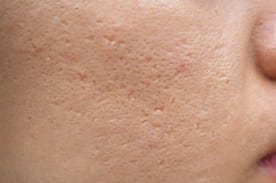
SCARS
In-Clinic Trichologist to help assess your hair loss problem and provide recommended treatments.
Read More

DAMAGED SKIN
Want to be an SMP Model? Get 50% discount, Save money, but still have expert treatment. Click to learn more.
Read More


